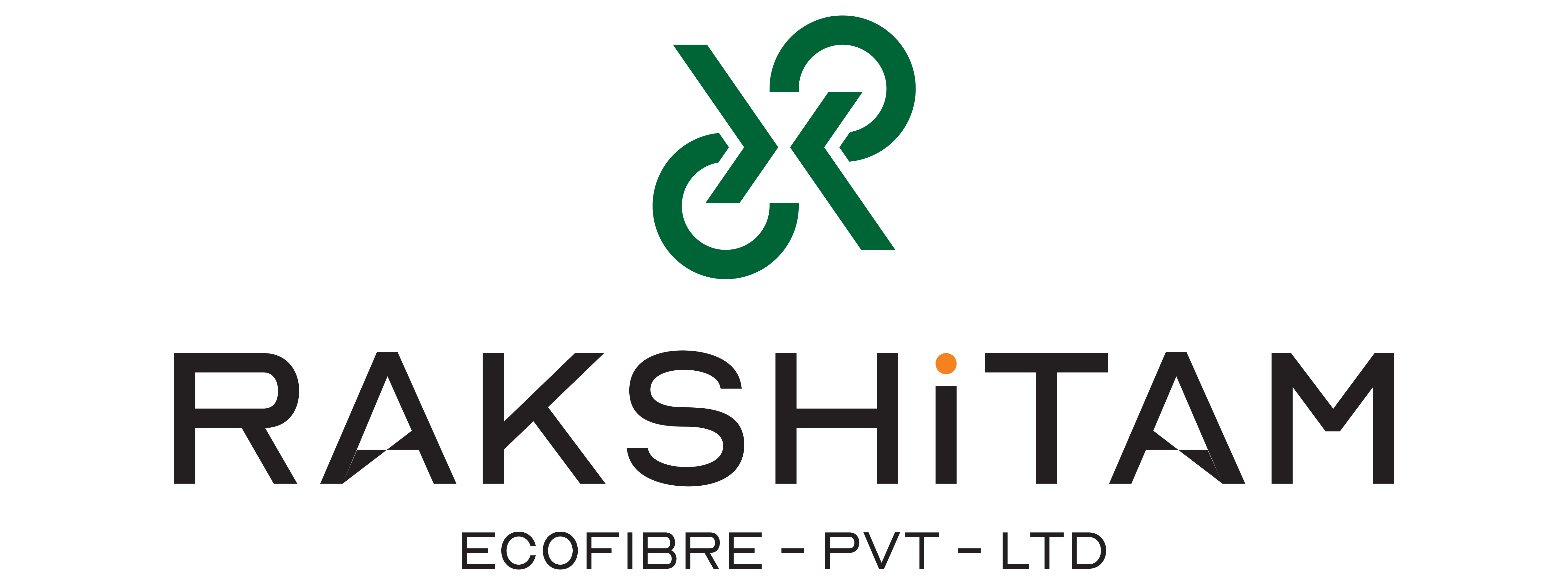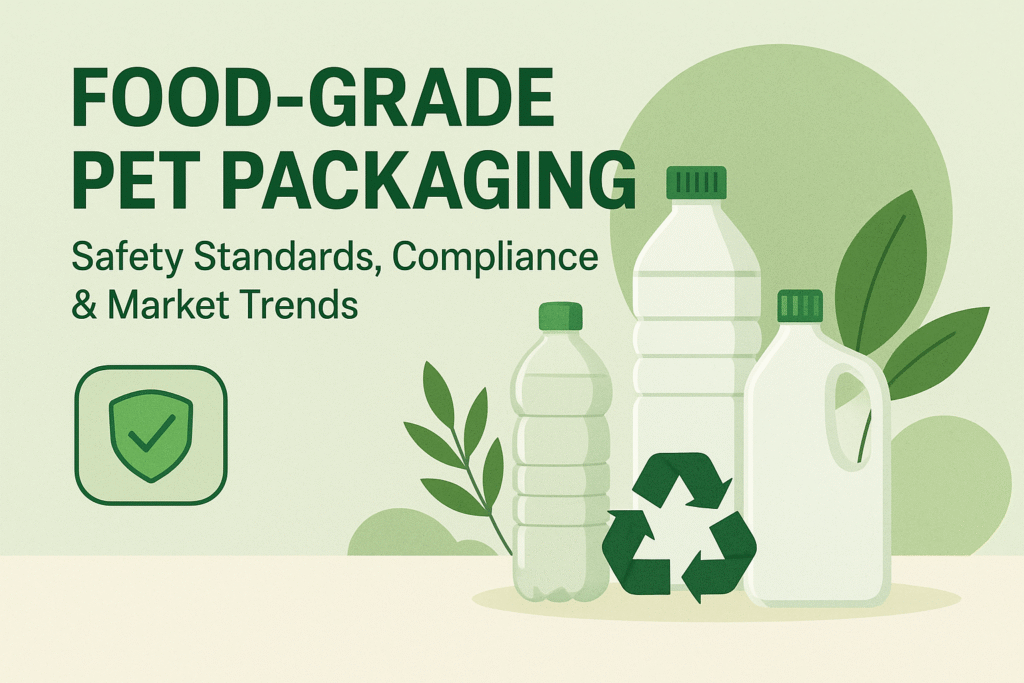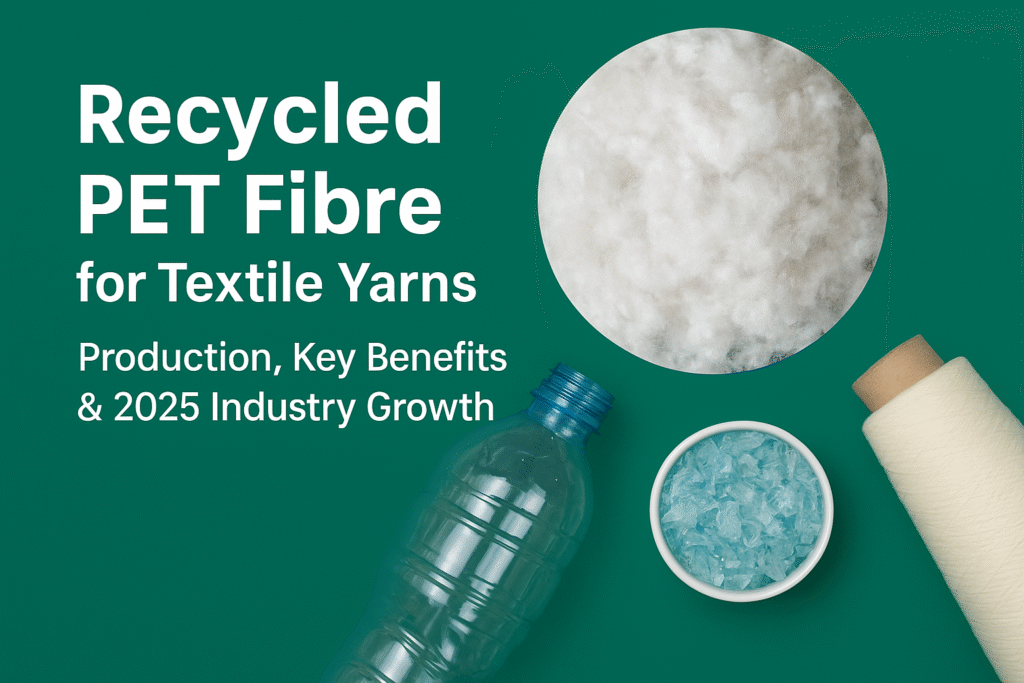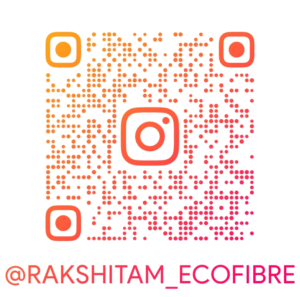What are those small triangular recycling symbols sometimes accompanied by a number or letters on the neck of a water bottle? These Resin Identification Codes, or RICs, are more than just marks: they carry very important information about what kind of plastic is used in the bottle and whether it’s recyclable. Knowing these symbols is important in making informed decisions about recycling and contributing to sustainability.
This will help you know common recycling symbols found on water bottles, what they mean, and their effects in recycling.
1. What are Recycling Symbols?
Recycling symbols on water bottles are standardized codes designed to classify plastics based on chemical composition. First adopted by the Society of the Plastics Industry in 1988, the codes are there to guide the recycling community as well as the consumers on which kind of plastic and its possibility to be recycled.
The symbols usually have a number in a triangular loop of arrows, along with letters that indicate the type of material.
2. Common Recycling Symbols on Water Bottles
Let’s look at the most common recycling symbols found on water bottles:
a. PET or PETE (Polyethylene Terephthalate)
Symbol: ♺ Code: 1
PET is the most commonly used plastic for water bottles. It is light, transparent, and strong. PET bottles can be recycled and turned into items such as polyester fabric, carpets, or even new bottles.
Recycling Tip: Empty and clean the bottle before recycling. Remove caps and labels if your local recycling guidelines require it.
b. HDPE (High-Density Polyethylene)
Symbol: ♺ Code: 2
While less often for water bottles, HDPE is used in thicker, sturdier containers. It can be recycled and commonly becomes items such as plastic lumber, pipes, or detergent bottles.
Recycling Tip: Crush the bottle to save space and check local rules for special requirements.
c. LDPE (Low-Density Polyethylene)
♺ Code: 4
Though less common for traditional water bottles, LDPE may be found in flexible pouches or squeeze bottles. LDPE is sometimes recyclable and often gets “downcycled” into trash bags or floor tiles.
Recycling Tip: Find out if your facility takes LDPE plastics.
d. Other (Mixed Plastics)
Symbol: ♺ Code: 7
This type of plastic may include polycarbonate and bioplastics that are not very easy to recycle. Bottles that have “7” on the code may have specialty plastics or compostable materials.
Recycling Tip: Items bearing this code may not be collected in regular recycling programs, so it is recommended to search for special recycling facilities or composting facilities.
3. Why Are These Symbols Important?
Knowing what the recycling symbols mean helps you
Correct Segregation of Plastics: Proper segregation ensures the efficient recycling of plastics, preventing contamination in the recycling streams.
Reduce Waste: Identifying what can be recycled helps divert more waste from the landfills.
Informed Decision: Knowing what is easier to recycle can sometimes influence your purchase decisions.
4. Problems associated with Plastic Recycling
Although the symbols are useful, the recycling systems themselves are not standardised everywhere. There may be areas that do not have facilities for processing certain types of plastic. Moreover, contamination from food residues or mixing of plastics with other non-recyclable materials also prevents recycling from happening.
5. Responsible Recycling Tips
Wash Before Recycling: Bottle residue should be cleaned off.
Local Guidelines: Each municipality has its own set of rules regarding recyclables.
Avoid Single-Use Plastics: Use a refillable water bottle to avoid unnecessary waste.
Awareness: Let others know why recycling symbols are so important and the importance of waste management.
The numbers on the water bottle recycling symbol are more than just a bunch of numbers. They tell you what kind of plastic it is, whether or not it can be recycled, and what its potential impact on the environment might be. Decoding these symbols and adopting responsible recycling habits can really make a difference in reducing plastic waste and keeping our environment safe. Next time you pick up that water bottle, take a glance at the symbol, understand its meaning, and recycle wisely!
